네 개의 그림자들 Four Shadows_래리 고트하임 Larry Gottheim



네 개의 그림자들 Four Shadows_래리 고트하임 Larry Gottheim
USA / 1978 / Color / Sound / 64min / 16mm on HD
Description
네 개의 4분짜리 이미지 섹션과 네 개의 4분짜리 사운드 섹션이 연결되어서 사운드 섹션들과 이미지 섹션들의 모든 조합을 구성하고 있다. 이 작품은 각각의 이미지 섹션들 끼리, 그리고 각각의 사운드 섹션들 끼리의 친화성을 확립한다. 이미지 섹션들은 다음과 같다. 오래된 창문 밖에서 토지를 측량하는 조사원, 워싱턴 동물원에 있는 큰긴팔원숭이 가족, 공장 지대, 그리고 세잔의 회화에 관한 책의 페이지를 넘기는 장면을 밝은 나뭇잎을 배경으로 촬영한 장면이다. 사운드 섹션은 다음과 같다. 드뷔시의 오페라 “펠레아스와 멜리장드”의 극적인 장면, 윌리엄 워즈워스의 자전적 시 “서곡”의 일부, 밤에 호수에서 배의 노를 젓는 소리, 유인원이 내는 소리. 이들 중 일부는 영화에 대한 구상을 하기 전에 생각하거나 만들 것이며, 일부는 표현을 위해서 추가된 것이다. 마지막으로 만든 것은 세잔 장면이다. 이 섹션은 관객에게 가장 어렵게 보일 지도 모르지만, 실제로는 이 작품의 심장부로 관통할 수 있게 해준다. 다이어그램은 이 작품과 형태를 공유한다. 마치 동물원 쇠창살과 공장 건물이 각각 네 개의 창살과 네 개의 창문으로 유사관계인 것과 마찬가지다. 각각의 요소가 네 번 반복되면서 매번 재맥락화가 일어난다. 관객은 각각의 서로 다른 섹션들의 요소들 중에서 친화성이 있는 것들을 가지고, 그리고 그때그때 스크린에 보이는 것과 소리로 들리는 것들을 가지고 “유희”를 할 수 있다. 모든 것은 내 삶과 작품들에 연관된 문제들과 깊이 공명하지만, 또한 관객들은 각자 자유롭게 연상할 수 있도록 개방되어 있기도 하다. 내 초기 작품에 등장하는 “자연"이라는 주제는 여기서도 등장하지만 보다 복잡하게 만들어졌다. 음악, 언어, 회화, 인간과 동물, 그리고 지구의 관계와 같은 주제들도 등장한다. 워즈워스의 시구는 매번 영어가 모국어가 아닌 다른 사람들에 의해 낭독되었다. 각자는 일종의 낭독자의 초상이다. 요나스 메카스, 피터 쿠벨카, 클라우스 와이보니, 하인츠 에미골츠, 타카 이이무라 등이 낭독자에 포함되어 있다.
Four four-minute image sections and four four-minute sound sections are linked in all combinations of the sound sections with each of the image sections. This establishes affinities between each of the image sections and the others and the sound sections to each other. The image sections are: surveyors measuring the land near my house as seen through an old window, a family of Siamang Gibbon apes in the Washington zoo, an industrial site, and a page turned from a book on Cézanne’s composition showing a diagram of his painting Mardi Gras, filmed against bright leaves. The sound sections are: a dramatic scene from Debussy’s opera “Pelléas et Mélisande”, a passage from William Wordworth’s autobiographical poem “The Prelude,” sounds from rowing on a lake at night, and the sounds of the apes vocalizing. Some of these were thought about or created before the idea of the film came about, and some were expressly added. The final material was the Cézanne images This section might present the most difficulty for the viewer, but actually allows for the deepest penetration into the heart of the film. The diagram is an analog of the film as is the zoo cage and an industrial building with its four rows of four windows. Since each element is repeated four times, there is constant recontextualizing of the material. The viewer can “play” elements of material from other sections that have affinities with what is on the screen and soundtrack at a given moment. Everything is deeply reverberant with issues that are connected with my life and work but also can open associations that are unique to each viewer. The theme of “nature” that is present in my earlier work is here, too, but now made more complex. Other issues related to music, language, painting, the relation of humans to animals and the earth. The Wordsworth passage is read each time by four different readers for whom English is not the native language. Each is a kind of portrait of the reader. They include Jonas Mekas, Peter Kubelka, Klaus Wyborny, Heinz Emigholz, Taka Iimura.
